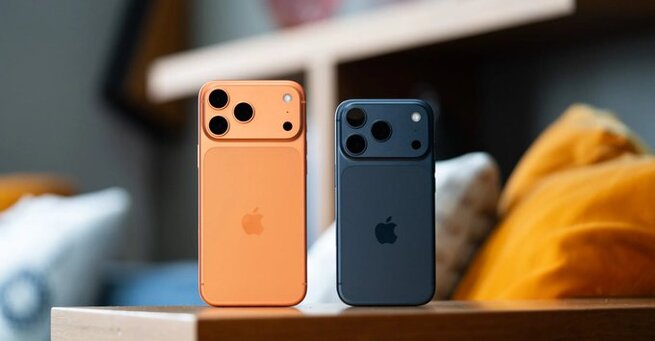The iPhone 17’s Selfie Camera Is to Blame for Delayed Project Indigo Support
Adobe says the new square-format selfie sensor is behind the delay.
The iPhone 17’s selfie camera is to blame for delayed Project Indigo support — and that’s frustrating news for creators eager to use Adobe’s latest camera app. While older iPhones like the 12 Pro still run the app smoothly, iPhone 17 Pro owners remain stuck waiting for compatibility. The issue reportedly stems from Apple’s new front camera system, which is causing unexpected software complications.
According to Adobe’s forum updates, the company’s engineers ran into trouble with the iPhone 17’s new front-facing sensor, which uses a unique square format. A post from Adobe’s product manager, Boris Ajdin, confirmed that the front camera issues have forced delays in Project Indigo’s rollout. He noted that Apple has acknowledged the bug and plans to fix it in an upcoming iOS 26.1 update.
“We are working hard on it and have run into some issues, especially with the front camera,” Ajdin explained. “Some of them we flagged to Apple, who have made a fix that will ship with iOS 26.1. Sadly, that means we may need to disable the front camera in Indigo until that version of iOS is released.”
Adobe Faces Compatibility Roadblocks
The iPhone 17’s selfie camera isn’t just another upgrade — it’s the first major redesign since Apple introduced the 12-megapixel sensor with the iPhone 11. The new 18-megapixel square sensor is meant to make switching between portrait and landscape modes seamless. However, this new geometry appears to have created unforeseen challenges for third-party developers like Adobe.
Project Indigo’s unique AI-driven imaging tools depend on deep camera integration. The new sensor’s non-traditional layout and orientation tracking, including features like Center Stage, make it harder for apps to access image data without distortion or resolution loss.
What the Delay Means for iPhone 17 Owners
If you’ve been waiting to test Project Indigo on your iPhone 17 Pro, you may need a bit more patience. Ajdin hinted that Adobe is “hoping to release an update this week,” but users shouldn’t expect full front camera functionality immediately. Early builds could ship with limited selfie features until iOS 26.1 stabilizes Apple’s new camera APIs.
Adobe spokesperson Erin Di Leva confirmed that further details would be shared through community forum posts as progress continues. For now, the company appears focused on ensuring the best user experience rather than rushing a buggy release.
The New Selfie Camera: Ambitious but Complex
Apple’s new 18-megapixel selfie camera promises better flexibility, letting users shoot square, portrait, and landscape photos without rotating the device. It also leverages advanced tracking to automatically adjust framing when additional people enter the scene — ideal for group selfies and video calls.
Despite its innovation, the camera’s square sensor presents software adaptation challenges. Some developers report that apps must be restructured to handle metadata, orientation, and cropping differently than traditional sensors. That’s likely what’s holding up Project Indigo’s rollout.
A Fix Is on the Way
Once iOS 26.1 arrives, Project Indigo should finally gain full iPhone 17 compatibility. Until then, Adobe may temporarily disable the selfie camera feature to allow users to access other app functions sooner.
For photographers and content creators who rely on Adobe’s software ecosystem, this delay is a reminder that innovation often comes with growing pains. Still, the eventual pairing of Project Indigo and the iPhone 17’s upgraded camera could redefine mobile photography once compatibility lands.
The iPhone 17’s selfie camera is to blame for delayed Project Indigo support, but both Apple and Adobe are working toward a fix. Once the new iOS update drops, users can expect a more stable, feature-rich experience. Until then, iPhone 17 owners may have to wait just a little longer to see what Adobe’s latest camera app can truly do.


